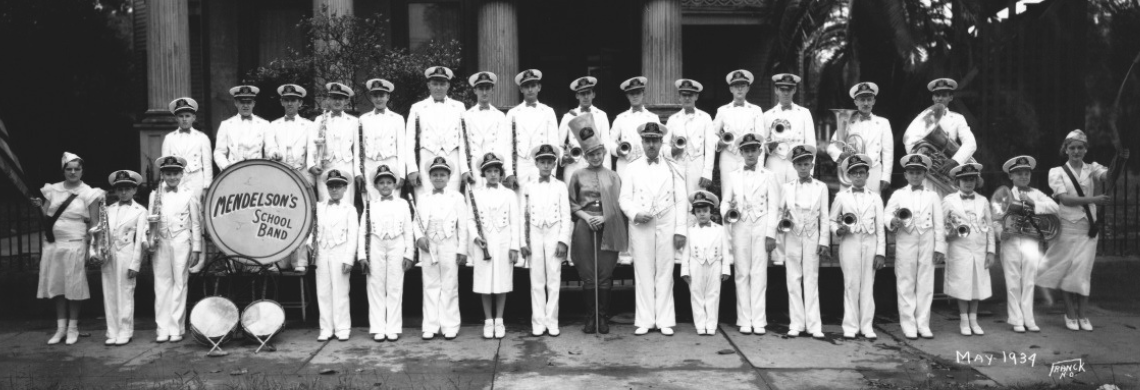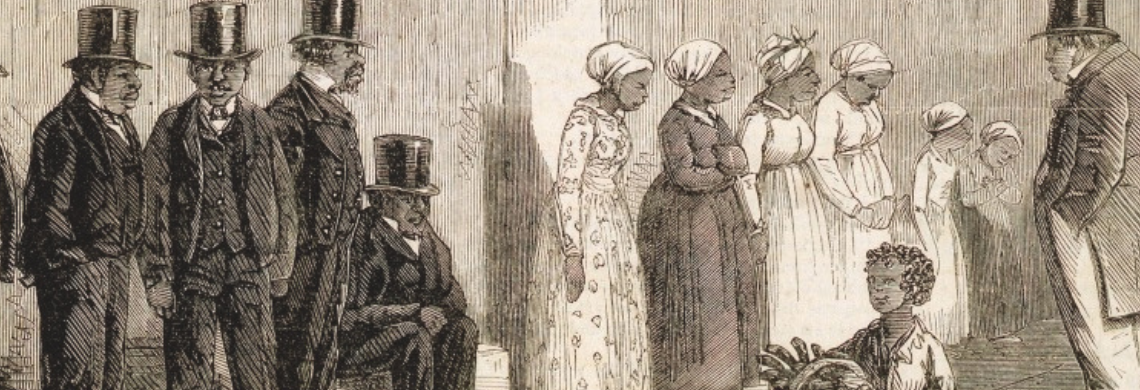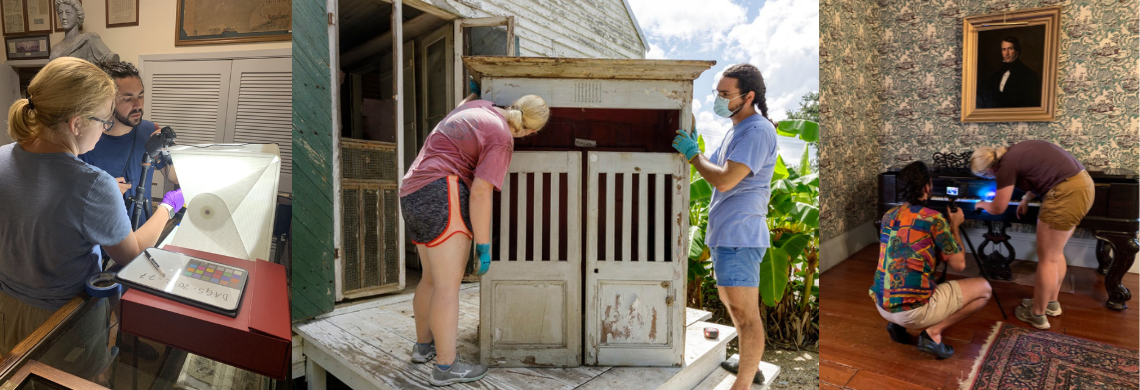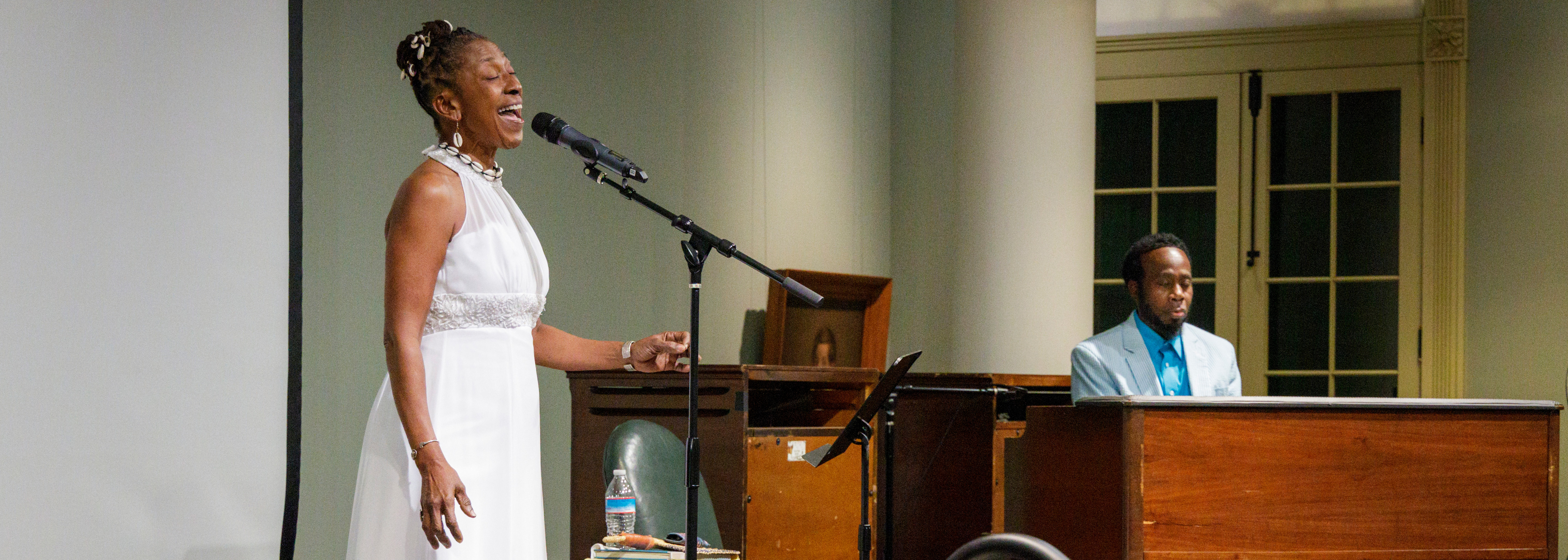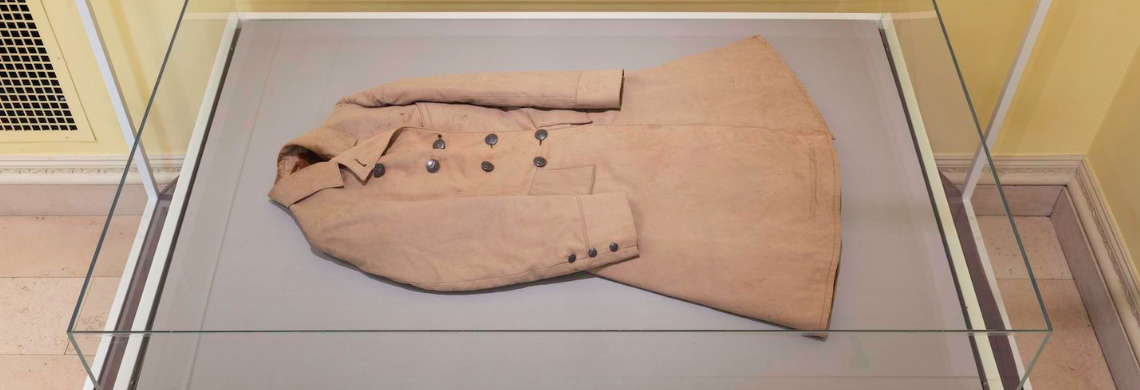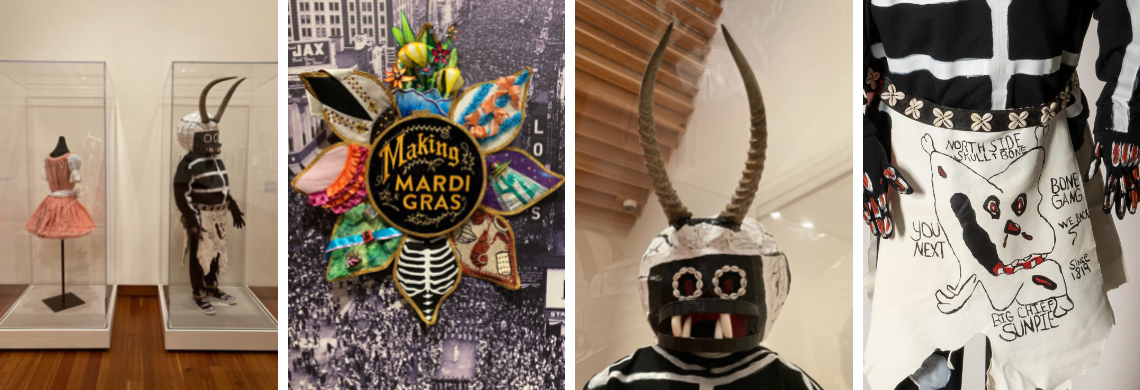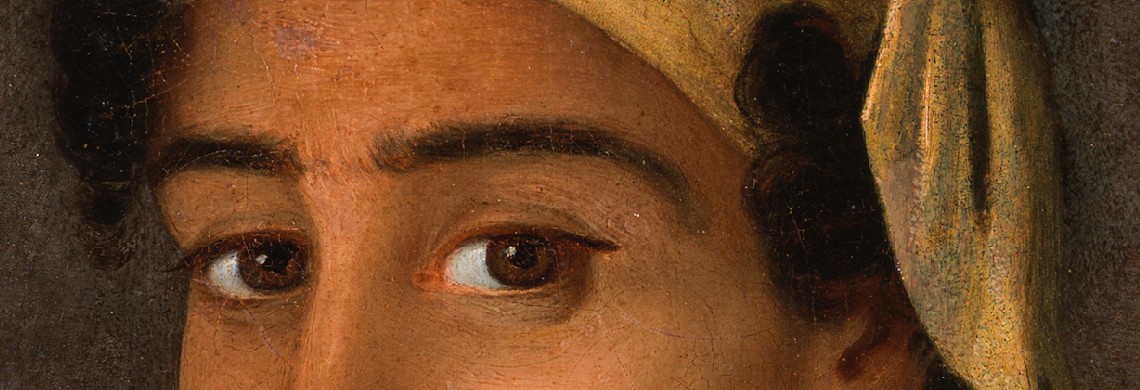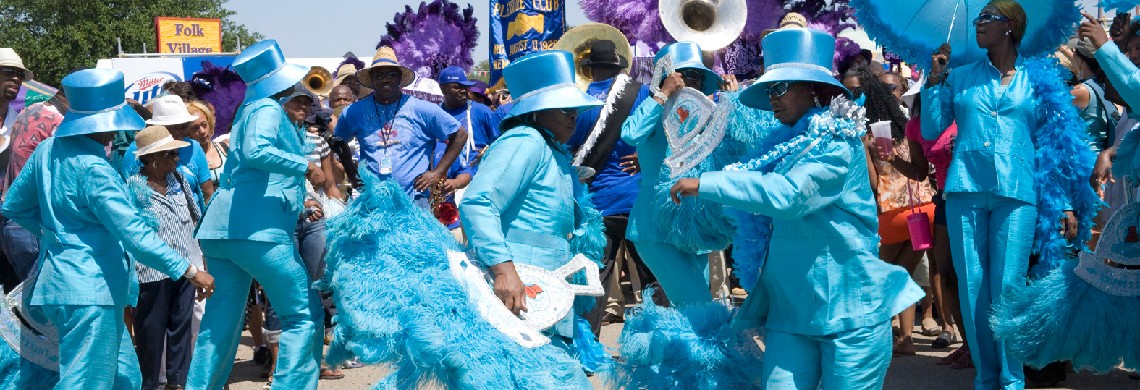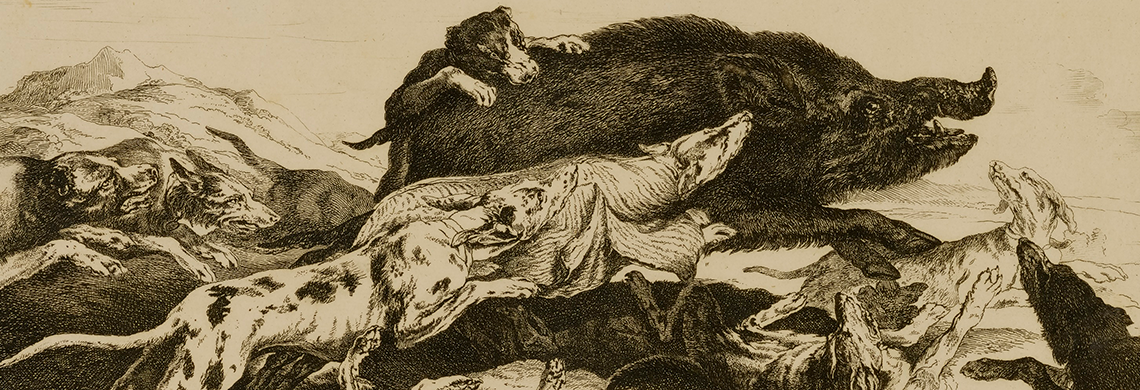Music educators are working to ensure that New Orleans’s marching band tradition continues for generations to come.
An enslaved woman named Sally Miller went to the Louisiana Supreme Court to sue for her freedom. She won, then she was forgotten.
Two decorative arts fellows are part of a growing wave of scholars challenging established norms for the field.
The 23rd Bill Russell Lecture at THNOC spotlighted the remarkable life and legacy of Mahalia Jackson through scholarship and performance.
Club Desire drew some of the biggest local and national musical acts, nurtured young talents like Fats Domino and Dave Bartholomew, and operated as a hub of the New Orleans Black community during segregation.
A 19th-century coat was found in the attic of an old plantation. Now, it's helping researchers understand roles of fashion and clothiers in American slavery.
Bruce Sunpie Barnes, Big Chief of the North Side Skull and Bone Gang, describes a Mardi Gras Black masking tradition.
Nearly 35 years ago, a heedless conservator drastically changed a rare portrait of a free woman of color. Now, it has been restored and is on view again—and this time, THNOC is telling the story.
From the beginning of Jazz Fest, organizer George Wein sought to showcase culture bearers like Mardi Gras Indians and social aid and pleasure clubs alongside musicians. "Dancing in the Streets" author Judy Cooper shares the history of this "heritage on display."
The story of how feral hogs arrived at New Orleans’s doorstep, 500 years in the making.


